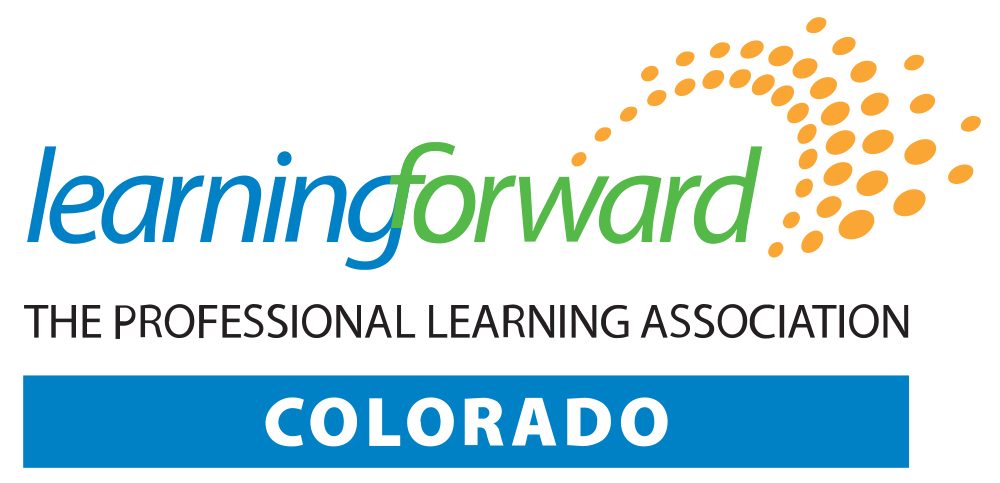When I was a student, watching a movie in class meant watching documentaries, literary adaptations, or informational filmstrips.
These film-viewing experiences were not without their impact. I can still sing the theme song from a particularly gruesome film we viewed in 5th grade during my first adventures with sex education curriculum. It was titled, “My Mother’s Having a Baby,” but should have offered the additional subtitle of “Literally, Right There on Screen,” so that we could have had a little more context for the images we were about to see.
Traumatic memories aside-I remember my student experiences with film being very passive. I might’ve filled out a worksheet or two, but that’s all. But now that I am a high school teacher myself, I use film to inspire my students’ interaction with a variety of texts.
Film and the Common Core
The Common Core State Standards call students to actively analyze texts of all kinds (CCSS: RL.9-10.1). Why not film?
The first part of analysis is pulling things apart to see how they work. But students must also be able to evaluate these workings or interpret why the audience should care about them.
I teach students to interact with texts in three ways:
- Factual-the who, what, when, where of a text;
- Inductive-the how or why of a text;
- Analytical-the so what, or application of ideas from the text.
Film presents a complicated text that is approachable for all kinds of learners, making it an excellent tool for teachers who want to push students towards analytical thinking in the classroom.
Here is a breakdown of how I teach my high school language arts students to analyze film texts.
Level One: Literary Analysis
Most people view film on a simplistic level. By asking students to analyze film, we are asking them to identify what the filmmaker was trying to do and if he or she was successful.
I begin by asking students to identify the literary elements of the film. Using the question stems above, I encourage students to ask the following types of questions:
- Who are the characters?
- What is the point of view? (Whose story is this?)
- What is the theme/mood?
- What is the blatant symbolism? (e.g., Batman as a Christ figure)
- What is the setting? Time period? Physical location?
- What is the basic storyline?
To practice this, I often screen a short piece that lets a class see an entire story and debrief the experience in one 53-minute class period. I sometimes show one of the three film-within-a-film sections of “Run Lola Run,” if the school’s guidelines regarding R-rated films allow. Many other short films are available through Netflix and YouTube (Google Oscar winning shorts), along with the Pixar short film collections (Volume One and Volume Two available on DVD).
Level Two: Cinematic and Dramatic Analysis
In this second layer of film analysis, students are asked to focus on the choices made in front of the camera (dramatic) and the choices made behind the camera (cinematic).
For dramatic analysis, students examine acting, costuming, make-up, set design, and location. I like to model this type of analysis for them using somewhat obscure titles so I can (hopefully) inspire students to see things that are more artistically complicated. Two of my favorites are (500) Days of Summer (Mark Webb, 2009) and Scott Pilgrim vs. the World (Edgar Wright, 2010).
To conduct cinematic analysis, students need to be able to look for more subtle elements of film production. Depending on your background knowledge (and whether you want to get really geeky), you can teach kids about everything from camera angles to mise-en-scene framing techniques. I introduce students to vocabulary that can help them accurately describe what they see, with a focus on framing, camera angles, lighting, editing and sound.
The best way to practice discussing these techniques is to analyze still images or short clips or classics, such as Citizen Kane.
Level Three: Critical Analysis
You can ask students to critically analyze film from a variety of directions. For example, you can have them look at how a filmmaker was utilizing rhetorical strategies to make a point. You can charge them with evaluating the quality of a film based on its production value. You can assign them to compare a film to its source text to see how the visual symbolism changes interpretation. (And the list goes on . )
Once I have laid the groundwork for reading film in my class, I gear relevant assessments toward this type of thinking. These kinds of questions help to guide discussion:
- How is the filmmaker manipulating my emotions? Has he or she been successful?
- What is the purpose of this film? Is it to teach, entertain, or weird me out? How well is it doing this?
- What do I already know about the topic? How can I manipulate my own experience of viewing this film with the information already in my head?
By asking students to consider all aspects of filmmaking (sound, visual, story) in their responses, I am requiring them to be active participants in their viewing experiences.
Engaging students is one of our main challenges as teachers. This challenge has been compounded by the added rigor of the common standards. Now, more than ever, students need us to offer differentiation and accessible texts to practice the skills we will assess. Using film creates a level playing field for all students and, hopefully, a much better set of experiences to remember long after they leave Ms. Keigan’s high school language arts class.
Written by Jessica Keigan
This article originally appeared in Education Week Teacher as part of a publishing partnership with the Teacher Leaders Network. Reprinted with permission of the author.
